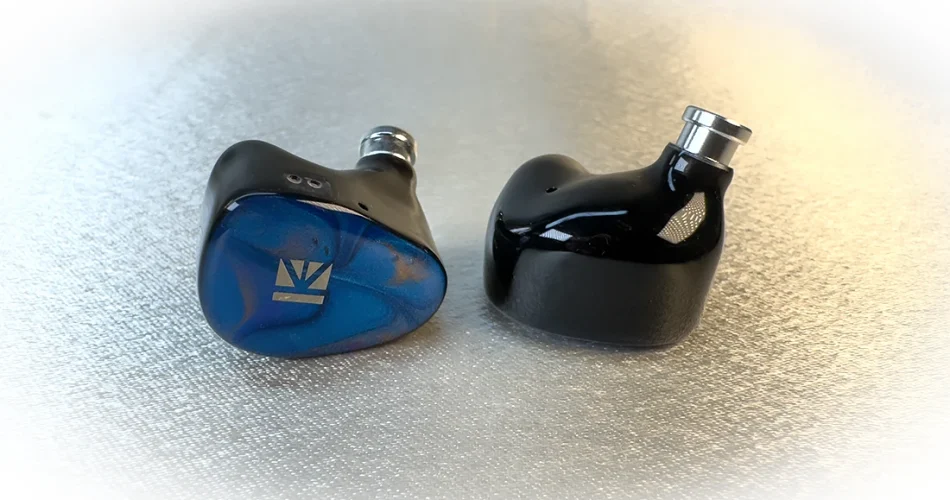Sound Impressions

I used a Luxury & Precision W4 dongle set to 40 volume with a Penon Totem USB-C cable to evaluate the KB02s, as I generally listen at lower volumes. Here is the Tidal Playlist used to evaluate IEMs.
The KB02s boast a 10mm beryllium-plated DD + a Bone Conduction Driver (BCD) which is the first time I’ve encountered one at this price. They’re extremely spacious with a slightly forward upper midrange.
The KB02 bass driver can feel a little sluggish, yet that lack of speed doesn’t really seem to add anything to bass decay & slam as slower DDs often can. This results in bass that can occasionally feel flabby & lacking in texture, which I would label a shortcoming of the KB02s.
Bass tends to be biased towards sub bass slightly, quantity is fairly neutral and I’d personally appreciate a little more volume and rumble, especially for bass-dominant genres.
The KB02 midrange isn’t lacking in resolution or articulation particularly given their extremely modest cost, but can come across as occasionally thin and shaky, with vocals possessing a certain hollowness that’s reminiscent of Harman tuning, and instruments can also feel rather small.
The midrange feels recessed in that midrange instruments are positioned further away from the listener. On one hand that contributes greatly to the sense of spaciousness, emphasised further by a bias towards the upper midrange. My own preference is for a meatier, more forward midrange but I can appreciate the effect KBear was going for here.
Treble is quite dark and restrained, generally taking a back seat to the rest of the presentation.
That may not be a bad thing since with only two drivers & no BAs present treble quality is fairly simplified (as is usually the case with budget IEMs) so perhaps it was a smart move not to draw too much attention to this area, but of course it does hurt technical performance.
Technical Performance

Beginning with the great news, the KB02 soundstage is extremely large & dimensional for such an affordable IEM, in fact stage width & particularly depth is a huge selling point, being easily the most impressive of any IEM I’ve tested under $100.
The BCD driver is surely responsible for stage depth in particular being a revelation for the price, with instruments positioned in front of my face rather than wrapped around to the sides as is usually the case.
The downside is instruments feel small inside that large stage & imaging is fairly vague, likely a result of the low driver count. A shame because pinpoint imaging would render such a 3D stage truly spectacular.
Detail retrieval is what I’d expect for this price segment, it does come across as a quite grainy. Essential details are not obscured but there isn’t that sense of effortless resolution or silky rendering of nuances which IEMs costing several hundred dollars boasting higher driver counts can deliver.
Dynamics are reasonable, but not enough of a standout to be labeled a strength. The KB02s can also be overwhelmed by busy tracks with many instruments playing simultaneously, which IEMs which large BA counts are going to separate more effectively.
Page 1 – Introduction, Packaging & Ergonomics
Page 2 – Sound Impressions & Technical Performance
Page 3 – IEM Comparisons
Page 4 – Conclusion


Comments